Entertainment
DQ Discovering the 1971 Plymouth Cricket: A Hidden Gem in the Annals of Automotive History.
In the annals of automotive history, certain vehicles often fade into obscurity, overshadowed by their more illustrious counterparts. However, among these forgotten gems lies the 1971 Plymouth Cricket—a compact car with a story worth revisiting. Despite its short-lived production run and modest reputation, the Cricket holds a unique place in the chronicles of American motoring. Let’s delve into the tale of this overlooked car and uncover the reasons behind its enduring intrigue.
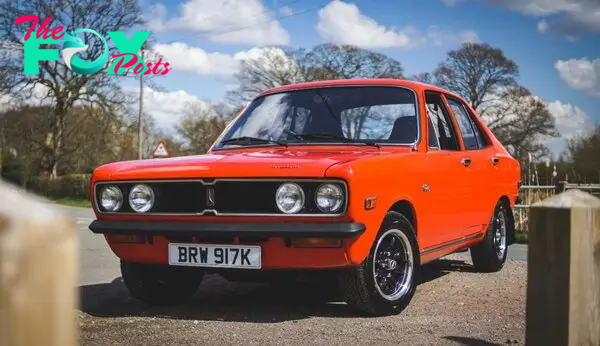
Body Color: Firecracker red
Transmission Type: Four-Speed Manual Transmission
Origins and Development
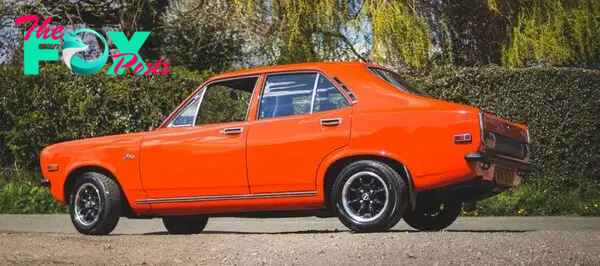
The story of the Plymouth Cricket begins not in Detroit, but across the Atlantic in Europe. In the late 1960s, British automaker Rootes Group, known for brands like Hillman, Sunbeam, and Singer, introduced the Hillman Avenger—a compact car designed to comPete with the likes of the Ford Escort and Vauxhall Viva in the highly comPetitive European market.

Sensing an opportunity to expand its product lineup and capitalize on the growing demand for smaller, more fuel-efficient cars in the United States, Chrysler Corporation, the parent company of Plymouth, struck a deal with Rootes Group to import and rebadge the Hillman Avenger as the Plymouth Cricket for the American market.
Design and Features
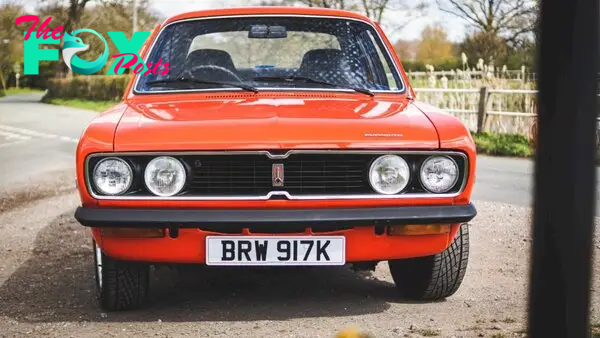
When the Plymouth Cricket made its debut in 1971, it was positioned as an entry-level compact car aimed at budget-conscious consumers. The exterior design of the Cricket was conservative yet functional, with clean lines and a boxy silhouette that maximized interior space. Despite its diminutive size, the Cricket offered seating for up to five passengers and a surprisingly spacious trunk, making it practical for everyday use.

Under the hood, the Cricket was powered by a range of engine options, including a 1.3-liter inline-four producing around 55 horsepower. While not particularly powerful, these engines were fuel-efficient and reliable, delivering respectable performance for city driving and highway cruising. Transmission choices included a four-speed manual or a three-speed automatic, catering to a variety of driving preferences.

Inside the cabin, the Cricket boasted a simple and utilitarian interior, with durable materials and straightforward controls. Standard features included vinyl upholstery, manual windows, and basic instrumentation, reflecting its no-frills approach to motoring. Optional upgrades such as air conditioning, AM/FM radio, and a rear window defroster were available for those seeking added comfort and convenience.
Performance and Driving Experience
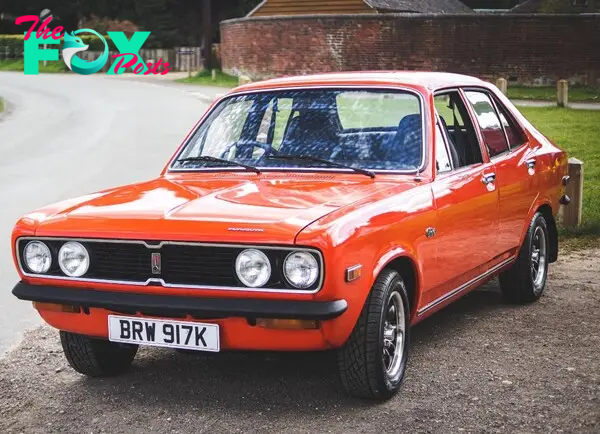
In terms of performance, the 1971 Plymouth Cricket was best suited for urban commuting and light-duty tasks. Its compact dimensions, responsive steering, and tight turning radius made it well-suited for navigating crowded city streets and squeezing into tight parking spaces. On the open road, the Cricket delivered a smooth and comfortable ride, thanks to its independent front suspension and well-tuned chassis.
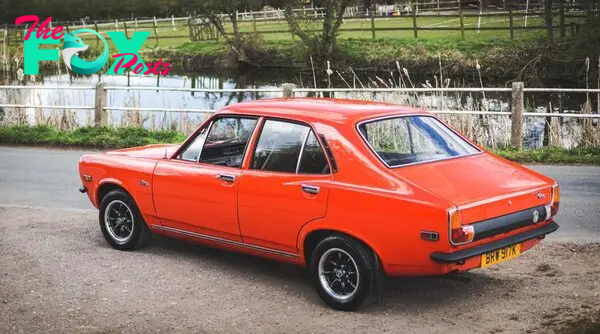
However, the Cricket’s modest powertrain and lightweight construction meant that it was not intended for high-speed driving or spirited performance. Acceleration was leisurely, especially with the smaller engine options, and highway cruising required patience and careful planning. Nevertheless, for everyday driving scenarios, the Cricket offered adequate performance and fuel efficiency, making it a practical choice for budget-conscious consumers.
Reception and Legacy
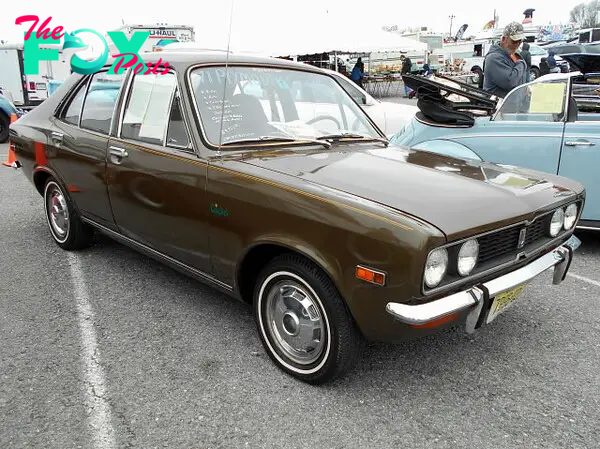
Despite its promising beginnings, the Plymouth Cricket failed to gain traction in the American market. Sales were hampered by various factors, including stiff comPetition from established domestic and foreign automakers, quality control issues stemming from its British origins, and a lackluster marketing campaign that failed to resonate with consumers.

As a result, production of the Plymouth Cricket was short-lived, with Chrysler discontinuing the model after just a few years on the market. Today, the Cricket is largely forgotten by all but the most dedicated automotive enthusiasts, remembered as a curious footnote in the history of Chrysler Corporation.
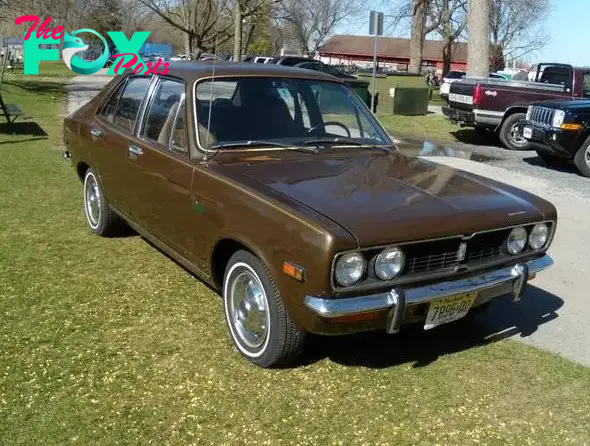
However, despite its commercial failure, the Plymouth Cricket left behind a lasting legacy that is worth remembering. As one of the first attempts by an American automaker to comPete in the compact car segment, it paved the way for future models such as the Dodge Omni and Plymouth Horizon, which achieved greater success in the years that followed.

The 1971 Plymouth Cricket may not have achieved the same level of fame or recognition as its contemporaries, but its story serves as a reminder of the complexities of the automotive industry. Despite its shortcomings, the Cricket represented a bold experiment by Chrysler Corporation to diversify its product lineup and adapt to changing consumer preferences—a legacy that continues to resonate in the ever-evolving world of automotive design and engineering.
Video Gallery
Photo Gallery
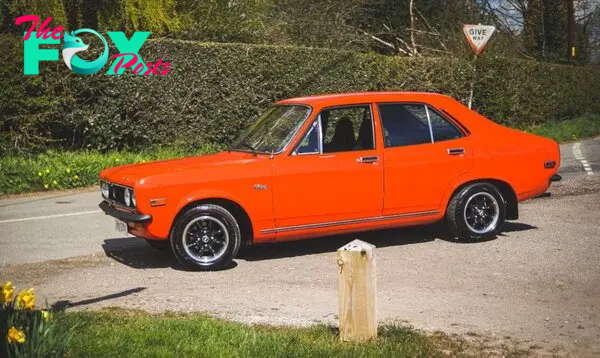
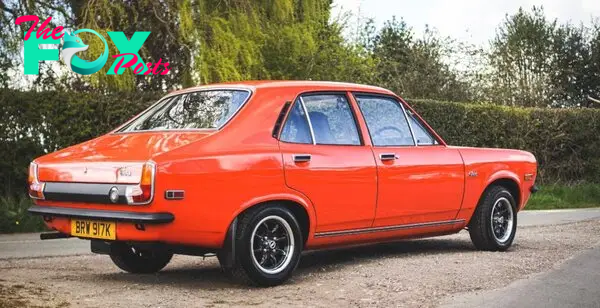


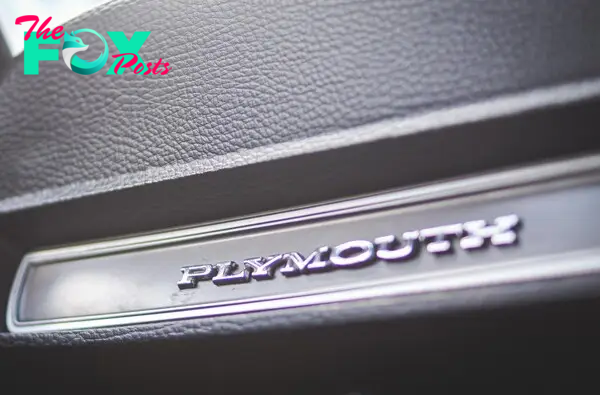

-

 Entertainment3h ago
Entertainment3h agoPHOTO GALLERY: The Seaside Boys – OLG Stage at Fallsview On line casino – Niagara Falls, Ontario – November 16, 2024
-

 Entertainment8h ago
Entertainment8h agoAmerica On CoffeeWe’re simply inviting you to take a timeout into the rhythmic ambiance of our breakfast, brunch and/or espresso picks. We’re completely happy everytime you cease by.“All the time Keep in mind Us This Method” Woman Gaga
-

 Entertainment9h ago
Entertainment9h agoHow to See Ava, Chiang Mai Night Safari’s Golden Tiger
-

 Entertainment9h ago
Entertainment9h agoDictionary.com Names ‘Demure’ as Its Word of the Year for 2024
-

 Entertainment11h ago
Entertainment11h agoAnna Delvey Reunites With Ezra Sosa and Flips Him Off Ahead of ‘Dancing With the Stars’ Finale Return
-

 Entertainment14h ago
Entertainment14h agoMethods to Recharge as an Actor
-

 Entertainment14h ago
Entertainment14h agoWeak Sign: October 4, 2024 Tubby’s
-

 Entertainment14h ago
Entertainment14h ago‘Gladiator II’ Ending Breakdown: Did Lucius Realise Maximus’ Dream of Rome?


























